Het arrangement Street Art h45 is gemaakt met Wikiwijs van Kennisnet. Wikiwijs is hét onderwijsplatform waar je leermiddelen zoekt, maakt en deelt.
- Auteur
- Laatst gewijzigd
- 11-05-2025 22:15:20
- Licentie
-
Dit lesmateriaal is gepubliceerd onder de Creative Commons Naamsvermelding-GelijkDelen 4.0 Internationale licentie. Dit houdt in dat je onder de voorwaarde van naamsvermelding en publicatie onder dezelfde licentie vrij bent om:
- het werk te delen - te kopiëren, te verspreiden en door te geven via elk medium of bestandsformaat
- het werk te bewerken - te remixen, te veranderen en afgeleide werken te maken
- voor alle doeleinden, inclusief commerciële doeleinden.
Meer informatie over de CC Naamsvermelding-GelijkDelen 4.0 Internationale licentie.
Aanvullende informatie over dit lesmateriaal
Van dit lesmateriaal is de volgende aanvullende informatie beschikbaar:
- Toelichting
- Deze les valt onder de arrangeerbare leerlijn van de Stercollectie voor Engels voor havo, leerjaar 4 en 5. Dit is thema 'Art'. Het onderwerp van deze les is: Street Art. Deze les gaat over kunst in openbare plaatsen, waarbij gesproken wordt over de kunstenaar Banksy. Ook wordt het verschil tussen straatkunst, graffiti en vadalisme besproken. De grammaticaopdracht gaat over possessive adjectives and pronouns.
- Leerniveau
- HAVO 4; HAVO 5;
- Leerinhoud en doelen
- Engels;
- Eindgebruiker
- leerling/student
- Moeilijkheidsgraad
- gemiddeld
- Studiebelasting
- 3 uur 0 minuten
- Trefwoorden
- arrangeerbaar, banksy, engels, graffiti, hv45, possessive adjectives and pronouns, stercollectie, straatkunst, street art, vandalisme

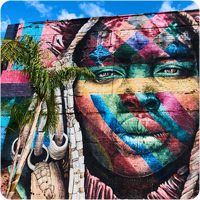 The subject of this lesson is 'Street Art'.
The subject of this lesson is 'Street Art'.


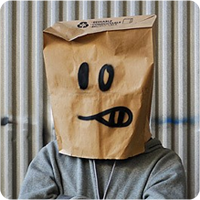 Banksy melds street-fighting passion and pacifist ardor in his image of a protester whose Molotov cocktail morphs into a bouquet. (Pixelbully / Alamy)
Banksy melds street-fighting passion and pacifist ardor in his image of a protester whose Molotov cocktail morphs into a bouquet. (Pixelbully / Alamy)
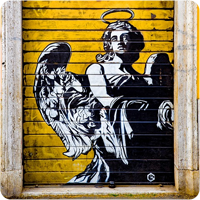 Grammar
Grammar
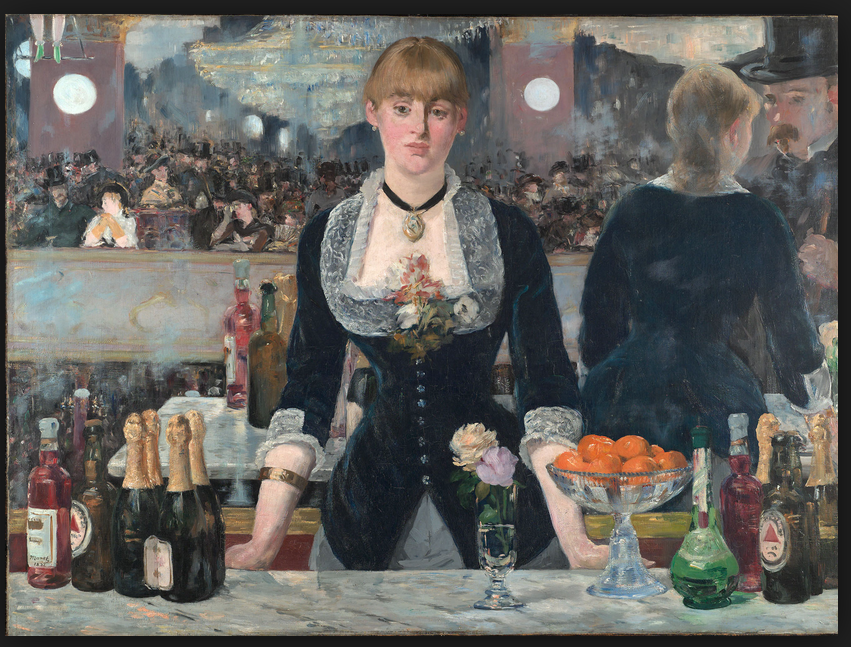

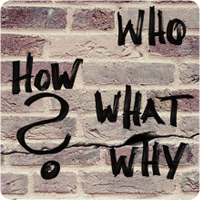 Speaking
Speaking Geographic profiling
Geographic profiling Banksy unmasked? Scientists use maths and criminology to map artist's identity
Banksy unmasked? Scientists use maths and criminology to map artist's identity Task
Task
